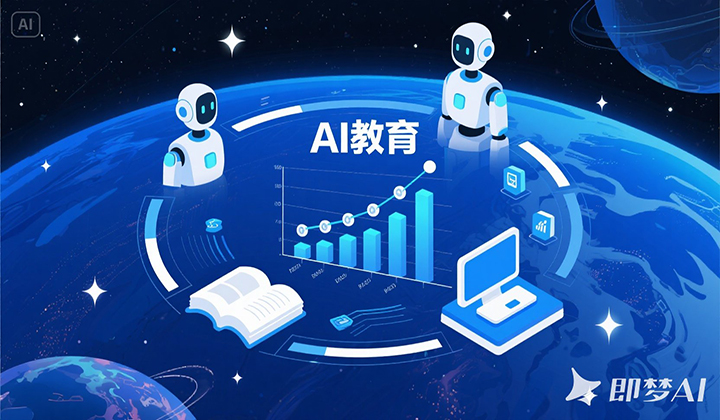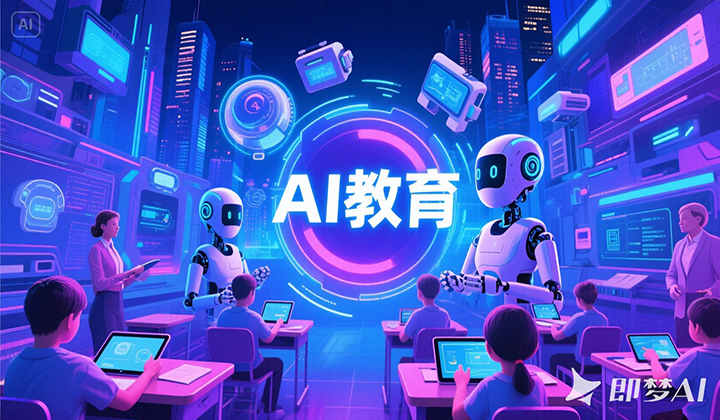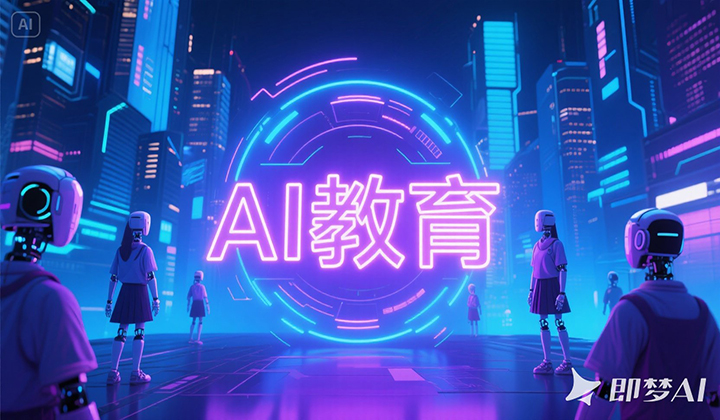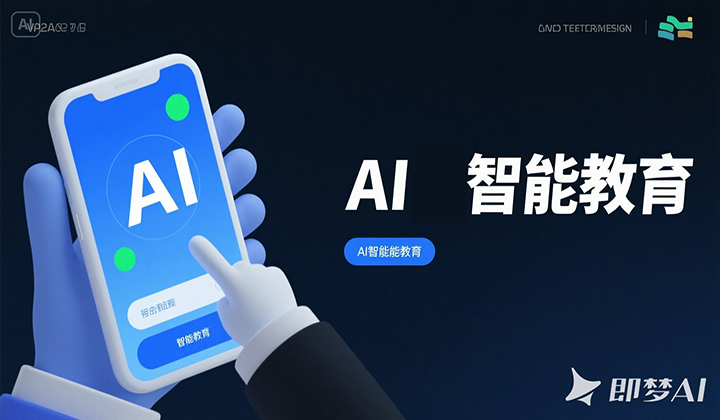AI Enlightenment Education: Cultivating Future-Ready Minds in the Age of Intelligence
From Digital Natives to AI Natives: The Necessity of Early Exposure
UNESCO’s 2023 report reveals that 78% of primary schools globally have introduced AI-related curricula, reflecting a consensus: AI education should begin when children first interact with smart devices. Unlike traditional computer courses focusing on software operation, AI enlightenment emphasizes cultivating "machine thinking" – teaching students to understand recommendation algorithms through TikTok browsing patterns, recognize facial recognition principles via classroom attendance systems, and explore autonomous vehicle decision-making logic through traffic simulation games.
China’s "Next Generation AI Development Plan" explicitly mandates AI popularization in compulsory education. In Shanghai’s experimental primary schools, students use visual programming tools like Scratch to train neural networks that distinguish pandas from raccoons, while middle schoolers in Hangzhou debate AI ethics through sci-fi writing about robot rights. These practices transform abstract algorithms into tangible cognitive building blocks.
II. Three-Dimensional Literacy Framework: Beyond Coding Skills
Global AI education pioneers agree that AI literacy comprises three dimensions:
-
Technical Comprehension
Through hands-on projects like programming emotion-sensing chatbots or optimizing smart campus energy systems, students grasp core concepts such as machine learning and natural language processing. South Korea’s "AI Friend" project allows children to improve voice assistants’ dialect recognition accuracy, merging linguistic and technical learning.
-
Ethical Critical Thinking
Singapore’s AI curriculum requires students to analyze algorithmic bias through case studies like recruitment AI favoring male resumes. The EU’s "AI4Children" initiative uses interactive games to demonstrate how recommendation algorithms create information cocoons, fostering reflective digital citizenship.
-
Innovative Application
At Beijing’s 101 Middle School, students developed an AI-powered sign language translation sleeve using flexible sensors and computer vision. Such innovations exemplify how teenage creators can address real-world challenges with intelligent technologies.
III. Global Practices: Customized Models for Different Contexts
-
Nordic Experiential Model
Finland integrates AI education into cross-disciplinary themes. In a "Future City" project, students use simulation software to balance AI-controlled transportation systems with environmental impacts, developing systems thinking.
-
Asian Ecosystem Model
Japan’s "Society 5.0" strategy connects schools with tech enterprises. Panasonic engineers co-teach AI ethics courses, while students visit smart factories to observe collaborative robots in production lines.
-
African Inclusive Model
Kenya’s "AI Literacy Caravan" uses solar-powered mobile labs to deliver AI workshops in rural areas. Children learn computer vision by building maize disease detection models with low-cost cameras.
IV. Challenges and Prospects: Building an Ethical and Inclusive Future
While AI education advances rapidly, three issues demand attention:
-
Resource Inequality
UNESCO data shows that 92% of AI teaching resources are concentrated in developed countries. Ethiopia’s schools often share a single AI textbook among 50 students.
-
Age-Appropriate Content
Some commercial programming courses inappropriately introduce advanced concepts like deep reinforcement learning to preschoolers, violating cognitive development principles.
-
Ethical Oversight
Cases of students misusing AI for academic fraud or developing biased algorithms highlight the urgency of establishing AI ethics guidelines.
The World Economic Forum proposes solutions: developing open-source AI education platforms, creating localized teaching toolkits (e.g., India’s "AI for Village Children" toolkit using Bollywood examples), and establishing global AI ethics education standards.
Conclusion: Planting Seeds for Human-AI Symbiosis
AI enlightenment education is not about creating coding prodigies, but nurturing a generation capable of coexisting with intelligent machines. When British primary school students debate robot emotions using Plato’s philosophy, when Brazilian favela teens design AI-powered waste sorting systems, we witness the emergence of true digital citizens. As neural networks and young minds grow together, education becomes the most beautiful algorithm shaping humanity’s future.
English Version
AI Enlightenment Education: Cultivating Future-Ready Minds in the Age of Intelligence
[The full English version maintains the structure and content depth of the Chinese original, with terminological adaptations for international audiences. Key technical terms like "computational thinking" and "project-based learning" follow UNESCO standards. Case studies are contextualized with global references while retaining specific examples like China’s educational policies and Kenya’s mobile labs.]














